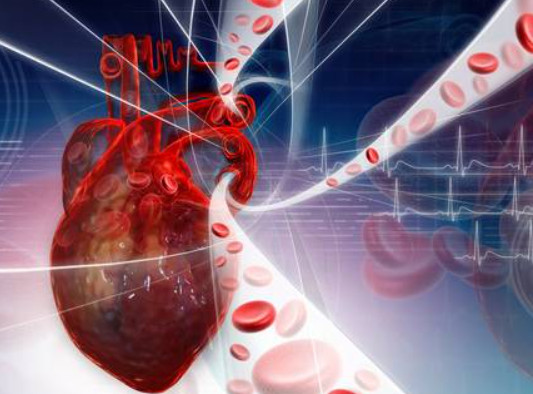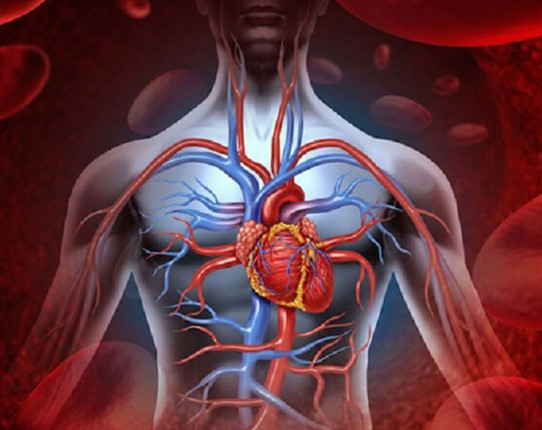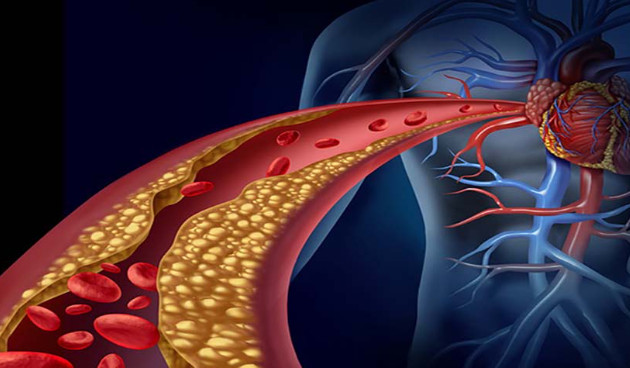Proper blood circulation is essential for maintaining a healthy body. It enables oxygen and nutrients to reach all organs and tissues, while removing waste and carbon dioxide. When blood flow is restricted or impaired, it can lead to a range of symptoms and health problems. In this article, we will explore the signs and causes of poor blood circulation in the human body.
14 Foods That Improve Blood Circulation Dramatically :
Poor blood circulation, also known as peripheral vascular disease or peripheral artery disease, can affect various parts of the body, such as the legs, arms, brain, and heart. The severity and location of the symptoms depend on the underlying cause and duration of the condition.
Some common signs of poor blood circulation include:
2. Symptoms of poor blood circulation
– Cold hands and feet: When the blood vessels constrict or narrow, less blood flows to the extremities, causing them to feel cold and numb. This can also increase the risk of frostbite and infections.
– Swollen ankles and legs: When blood pools in the veins due to weakened valves or blockages, it can lead to swelling, pain, and redness in the lower limbs. This condition is called edema and can be a sign of heart or kidney problems as well.
– Fatigue and weakness: When the organs and muscles do not receive enough oxygen and nutrients, they may become tired and weak, leading to decreased stamina and productivity.

– Numbness or tingling in limbs: When the nerves are compressed or damaged due to poor blood flow, it can cause a tingling or burning sensation in the affected area. This can also impair the sense of touch and coordination.
– Skin discoloration or sores: When the blood vessels become clogged or inflamed, it can lead to skin changes such as bluish or reddish discoloration, rashes, or ulcers. This can also increase the risk of infections and delayed wound healing.
If you experience any of these symptoms, it is important to consult a healthcare provider for proper diagnosis and treatment. In the next section, we will explore the common causes of poor blood circulation.

3. Causes of poor blood circulation:
Poor blood circulation can be caused by a variety of factors, including underlying medical conditions, lifestyle habits, and genetic predisposition. Here are some of the most common causes of poor blood circulation:
Heart conditions: Diseases that affect the heart, such as coronary artery disease, heart attack, or heart failure, can reduce blood flow to the rest of the body. This can lead to symptoms such as chest pain, shortness of breath, and fatigue.
Blood vessel disorders: Conditions that affect the blood vessels, such as peripheral artery disease, deep vein thrombosis, or varicose veins, can also impair blood circulation. These conditions can cause pain, swelling, or cramping in the affected area.
Diabetes and other chronic diseases: Chronic conditions such as diabetes, high blood pressure, and high cholesterol can damage the blood vessels and reduce blood flow. This can lead to complications such as neuropathy, kidney disease, and stroke.
Smoking and other lifestyle factors: Smoking, sedentary lifestyle, and poor diet can increase the risk of developing poor blood circulation. These factors can cause plaque buildup in the arteries, inflammation, and oxidative stress, which can damage the blood vessels and reduce blood flow.
Aging and genetics: As we age, our blood vessels become less elastic and more prone to damage. Additionally, certain genetic factors can increase the risk of developing circulatory problems, such as clotting disorders or aneurysms.
Diagnosing the underlying cause of poor blood circulation is crucial for effective treatment. In the next section, we will explore the methods used to diagnose this condition.

4. Diagnosis of poor blood circulation:
Diagnosing poor blood circulation typically involves a combination of physical examination, medical history, and diagnostic tests. Here are some of the methods used to diagnose this condition:
Physical examination: A healthcare provider may perform a physical exam to check for signs of poor blood circulation, such as cold extremities, weak pulse, or swelling. They may also ask about your medical history, lifestyle habits, and symptoms.
Imaging tests: Diagnostic imaging tests, such as ultrasound, angiogram, or MRI, can provide detailed images of the blood vessels and identify any blockages or abnormalities. These tests may be used to diagnose conditions such as peripheral artery disease or deep vein thrombosis.
Blood tests: Blood tests can help diagnose underlying conditions that may contribute to poor blood circulation, such as high cholesterol, diabetes, or inflammation.
Once the underlying cause of poor blood circulation is identified, a healthcare provider can recommend appropriate treatment options. In the next section, we will explore the common treatments used for this condition.
5. Treatment of poor blood circulation:
Treatment for poor blood circulation depends on the underlying cause and severity of the condition. Here are some of the common treatments used for poor blood circulation:
Medications: Depending on the underlying cause of poor circulation, a healthcare provider may prescribe medications such as blood thinners, cholesterol-lowering drugs, or vasodilators. These medications can help improve blood flow and prevent further damage to the blood vessels.
Procedures: In some cases, procedures such as angioplasty, stenting, or bypass surgery may be necessary to restore blood flow to the affected area. These procedures can help remove blockages or bypass damaged blood vessels.
Lifestyle changes: Making healthy lifestyle changes, such as regular exercise, healthy diet, and smoking cessation, can help improve blood circulation and prevent further damage to the blood vessels.
Alternative therapies: Some people may find relief from poor circulation symptoms by using alternative therapies such as acupuncture, massage, or herbal remedies. However, it is important to consult a healthcare provider before using these therapies, as they may interact with medications or have side effects.
6. Prevention of poor blood circulation:
Preventing poor blood circulation involves making healthy lifestyle choices and managing underlying medical conditions. Here are some of the key ways to prevent poor blood circulation:
Exercise regularly: Regular physical activity can help improve blood flow, strengthen the heart and blood vessels, and reduce the risk of developing conditions such as peripheral artery disease and deep vein thrombosis.
Eat a healthy diet: Eating a diet rich in fruits, vegetables, whole grains, and lean proteins can help reduce the risk of developing conditions such as high cholesterol, high blood pressure, and diabetes, which can impair blood circulation.
Maintain a healthy weight: Being overweight or obese can increase the risk of developing conditions such as diabetes, high blood pressure, and heart disease, which can impair blood circulation.
Quit smoking: Smoking can damage the blood vessels, increase inflammation, and reduce blood flow, so quitting smoking is essential for improving blood circulation.
Manage underlying medical conditions: If you have an underlying medical condition such as diabetes, high blood pressure, or high cholesterol, it is important to work with your healthcare provider to manage the condition and prevent further damage to the blood vessels.
Manage stress: Chronic stress can increase inflammation and reduce blood flow, so finding ways to manage stress such as meditation, yoga, or therapy can be helpful for improving blood circulation.
In conclusion, poor blood circulation can have a significant impact on overall health and wellbeing. It can be caused by a variety of factors, including underlying medical conditions, lifestyle habits, and genetic predisposition. Diagnosing the underlying cause of poor blood circulation is crucial for effective treatment, which may include medications, procedures, lifestyle changes, or alternative therapies. Preventing poor blood circulation involves making healthy lifestyle choices and managing underlying medical conditions. By taking steps to improve blood circulation, individuals can improve their overall health and reduce the risk of developing serious health problems.


